
Godey’s Lady’s Book
December 1850
O Christmas Tree, O Christmas tree, How lovely are your branches! ~ from “O Christmas Tree”
It’s time to celebrate Christmas and one of the many traditions that have come to be associated with this holiday is the Christmas tree. Whether it’s a real evergreen tree that was harvested at a tree farm or bought at a favorite Christmas tree lot or an artificial tree that is put up year after year–it is truly a welcome addition to the home at the holiday season. The practice of bringing greenery and evergreens into the home during the winter is as old of a practice as can be remembered. Decorating the home with greenery was in truth originally a remembrance and promise of the harvest to come.
It is said that in central Europe the practice of hanging a decorated evergreen tree upside down or creating a symbolic tree made of wood in the shape of a triangle as a symbol of Christianity became commonplace in certain areas as early as the 12th century. Legend has it that this practice originated with the 8th century monk, Saint Boniface from Devonshire, who went to Germany to teach the word of God. As trees were an important part of the inhabitants’ beliefs, the monk used the evergreen tree with its triangular shape to teach about the Trinity.
Another Christmas origin can be seen with the medieval practice during the 15th and 16th centuries of decorating an evergreen tree or branch with apples (representing the forbidden fruit) and wafers (representing the Eucharist and redemption). This was done for plays performed on Christmas Eve which at that time was also known as Adam and Eve’s Day.
- It is commonly held that the origin of displaying a Christmas tree as we know it was in Northern Europe, most likely Germany, during the 16th century.
- The first written record of the “Christmas” tree was in Riga, Latvia, when in 1510 a local merchant’s guild decorated a tree with roses, danced around it in the marketplace, and set it ablaze at the end. [1] This same written record refers to these same events occurring as early as 1476. [2]
- In 1530, there is a record of trees being sold in the marketplace in Alsace, France (then in German territory) for the purpose of being brought into the home. There was a law that restricted their height to 8 shoe lengths (which is slightly over 4 feet). [1]
- Early Christmas trees were decorated with fruit, nuts, and other edible foods.
- Putting lights on the tree is said to have originated in the 16th century with Martin Luther who upon seeing the light of the stars shining through the evergreen trees, put candles on an evergreen tree as representative of “Jesus, who left the stars of heaven to come to earth at Christmas.” [3]
While the Christmas tree was brought to America as early as 1747 by Pennsylvania German immigrants, it was still not a common practice as late as the 1840s.
- The first record of a public display of a Christmas tree in America was in the 1830s in Pennsylvania by German immigrants.
- It was actually Queen Victoria of England and her German Prince Albert that brought the tradition of setting up and decorating a Christmas tree into mainstream practice. As Queen Victoria was popular with her subjects, what she did and what she wore quickly became trends. A picture of the Queen and her husband standing around a decorated Christmas tree was widely circulated in London in 1848. The same picture sans crown and mustache to make it more appealing to the American public was published in Godey’s Lady’s Book in 1850 (pictured above) and the Christmas tree soon became an accepted and practiced Christmas tradition.
- In 1851 Christmas trees began to be sold commercially being randomly harvested from the forest.
- By 1870 putting up a Christmas tree was a common practice in America.
In the end the use of greenery in the home has always been symbolic of the light shining in the darkness, the hope and promise of new growth, and everlasting life. What better way to celebrate Christmas, which is truly about the hope and promise of a Savior that comes to be the light of the world, than with a Christmas tree?!
Until we meet again, may God hold you in the palm of His hand.
~ an Old Irish Blessing
- (http://www.realchristmastrees.org/dnn/education/historyofchristmastrees.aspx)
- (www.firstChristmastree.net)
- (http://www.whychristmas.com/customs/trees.shtml)
- (http://www.history.com/topics/christmas/history-of-christmas-trees)
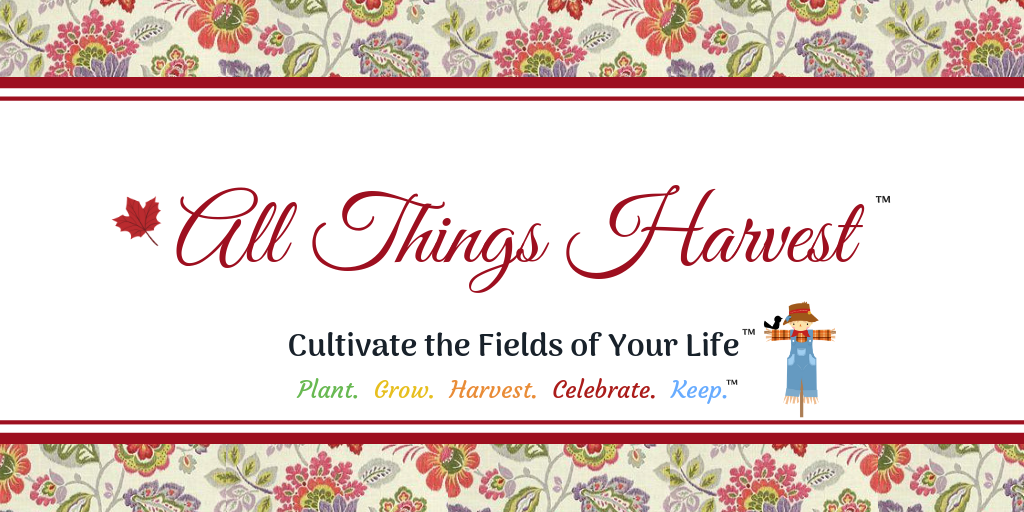
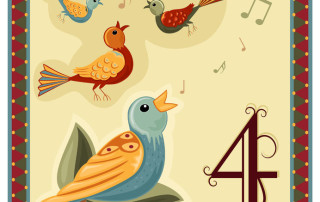





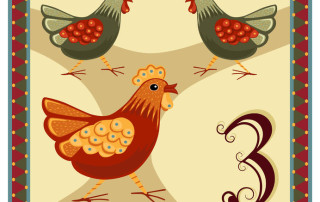
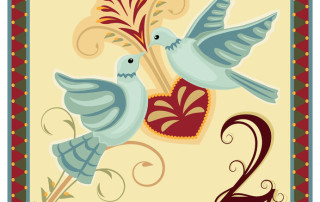
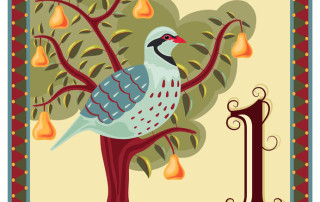



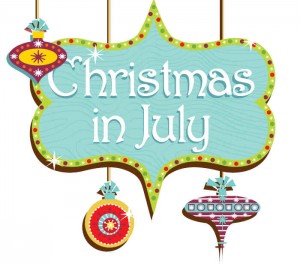
Let’s Connect
Facebook
Twitter
Google +1
LinkedIn